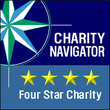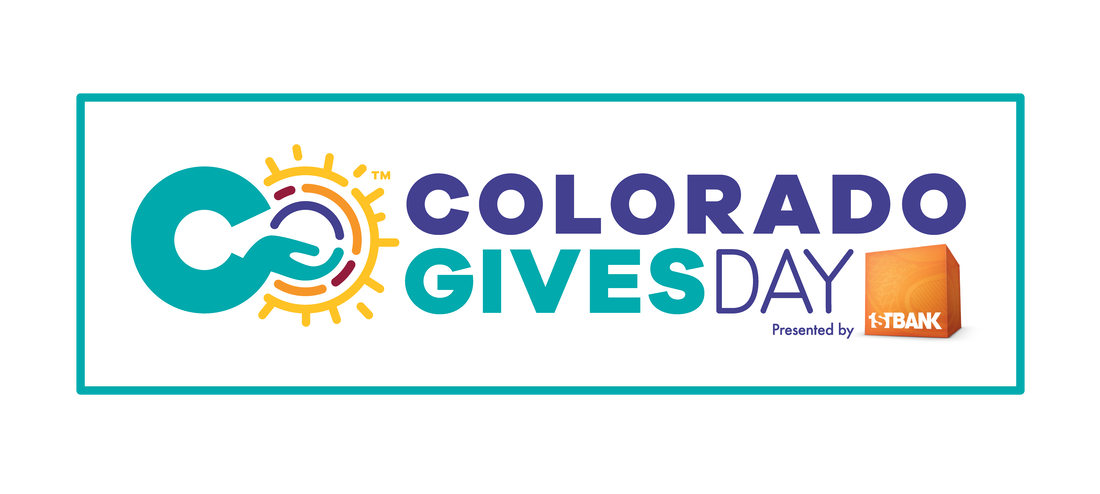 Today we want to dive into an issue that affects many of our older neighbors but isn’t often discussed – ageism. Ageism is, simply, stereotypes, prejudice, or discrimination directed towards others or oneself on the basis of age. Ageism disproportionately affects older adults. A 2020 National Poll on Healthy Aging found that 82% of older Americans reported experiencing ageism regularly. The survey found that:
Ageism is expressed in many ways. It can be encountered in hiring practices, when someone is asked their age in an interview when that’s not relevant to the work, or when a company outright refuses to hire people over (or under) a certain age. Ageism also includes viewing older workers as less productive or stuck in their ways. Examples in interpersonal relationships might be making ageist jokes or treating friends and family members as invisible and not respecting their concerns or wishes because of their age. You can even find ageism at your doctor’s office – studies have shown that ageism is associated with shorter, less effective, and more superficial communication from doctors and nurses. Ageism is hurtful and can prevent people from remaining engaged in their communities; this, in turn, harms the community itself. At Aging Resources, we are committed to the idea that our communities benefit tremendously from participation from all ages – we have so much to gain when older and younger folks come together to create shared experiences and intergenerational dialogue. So, what can we do to combat ageism? Awareness is a good place to start – we encourage you to reflect on instances of ageism you may have witnessed, and the ways in which ageism may have shaped your own life experience. Next, educate yourself; this article is just a starting point. There are many fantastic resources from AARP, LeadingAge, Changing the Narrative, and other organizations that offer in-depth information on identifying and tackling ageism. Finally, speak up! Develop and rehearse advocacy skills, and then put that into practice by challenging ageist stereotypes and speaking out against discrimination when you see it. Always remember that advocacy does not involve rescuing people, but rather supporting and foregrounding their voices in situations in which they are struggling to be heard. These tactics are all on the individual level – that’s where real change starts. But we’ll also need support from our business community, governments, and other institutions to enact law and policy changes that reduce inequity and discrimination if we want to most effectively challenge ageism at every level of society. Thanks for reading. If you or someone you know has questions about ageism, or any other aging issue, don’t hesitate to reach out to us.
0 Comments
Leave a Reply. |
AuthorsBlogs are written by ARDC staff members Archives
January 2024
Categories |
Aging Resources of Douglas County 104 Fourth Street, Castle Rock, CO 80104 303-814-4300 [email protected]
©2023 Aging Resources of Douglas County | Help for Senior Citizens | Sitemap XML
All public documents will be available upon request.
©2023 Aging Resources of Douglas County | Help for Senior Citizens | Sitemap XML
All public documents will be available upon request.

 RSS Feed
RSS Feed



